Heritage Learning Platform: Explore India’s Culture and History with TravelBaits
Introduction
India, with its 5,000-year-old civilizational history, is one of the richest repositories of culture, heritage, and knowledge in the world. From the ancient universities of Nalanda and Takshashila to the grand temples of Hampi, the painted traditions of Mithila, and the sacred sites of Bodh Gaya and Ayodhya, India’s heritage is both diverse and profound. Yet, for many students and researchers, experiencing these sites firsthand is not always possible due to distance, accessibility, or resource limitations.
In this context, digital learning platforms for heritage education have become transformative. They make cultural knowledge accessible through virtual tours, interactive learning tools, and multimedia storytelling. One pioneering initiative in this space is TravelBaits Learning. This platform combines virtual tours of India, online Indian culture courses, and interactive heritage learning modules, creating a bridge between academic study and experiential exploration.
This blog explores the educational framework, course offerings, and academic value of TravelBaits Learning, while also situating it within the broader discourse of digital heritage education.
The Educational Approach to Heritage Learning
The educational model of TravelBaits Learning rests on four pillars:
1. Virtual Tours of India
The platform offers immersive video walkthroughs of historic sites. High-resolution visuals and narration allow learners to “travel” to places like Vrindavan, Nalanda, and Hampi. These tours simulate the experience of being present at the sites, enabling learners to study architectural features, spatial layouts, and cultural settings.
2. Cultural Storytelling
Each module integrates historical facts, mythological references, and socio-political contexts, making the learning process interdisciplinary. For example, a tour of Ayodhya is not only about geography but also about its portrayal in the Ramayana, its archaeological significance, and its role in contemporary discourse.
3. Interactive Heritage Learning Tools
Quizzes, challenges, and digital travel badges encourage learners to actively engage with the material. This makes the platform suitable not only for passive viewing but also for active academic reinforcement.
4. Flexible Self-Paced Structure
Unlike traditional classrooms, this platform enables learners to set their own pace. Whether you are a school student, university researcher, or a cultural enthusiast, the modules are designed for adaptability and academic rigor.
Together, these features constitute a learning framework for cultural studies that merges technology with traditional academic approaches.
Courses on Indian History and Culture
TravelBaits Learning offers multiple heritage education courses that can function as independent learning units or supplementary academic resources. Each course is designed to be visually rich, academically structured, and culturally immersive. Below is a detailed look at some of the key offerings
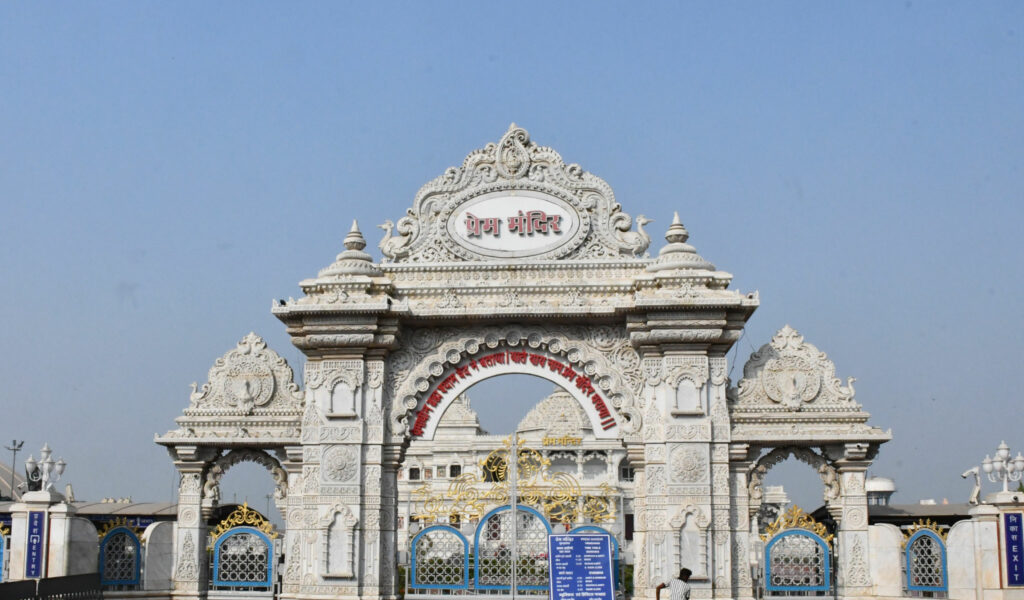
1. Braj – Krishna’s Divine Journey
The Braj region of Uttar Pradesh, encompassing Mathura, Vrindavan, Barsana, Nandgaon, and Gokul, holds a special place in the Vaishnavite tradition. This course explores:
•Religious Significance: Braj is believed to be the playground of Lord Krishna. From his birth in Mathura to his youthful pastimes in Vrindavan, every corner of Braj is imbued with legends from the Bhagavata Purana.
•Cultural Practices: Festivals like Holi in Barsana and Janmashtami in Mathura highlight the region’s living traditions.
•Architecture & Art: The temples of Vrindavan, such as Banke Bihari Mandir and ISKCON, showcase evolving devotional architecture.
•Academic Value: The course connects mythology with historical geography, allowing students to analyze how religious narratives shape cultural landscapes.
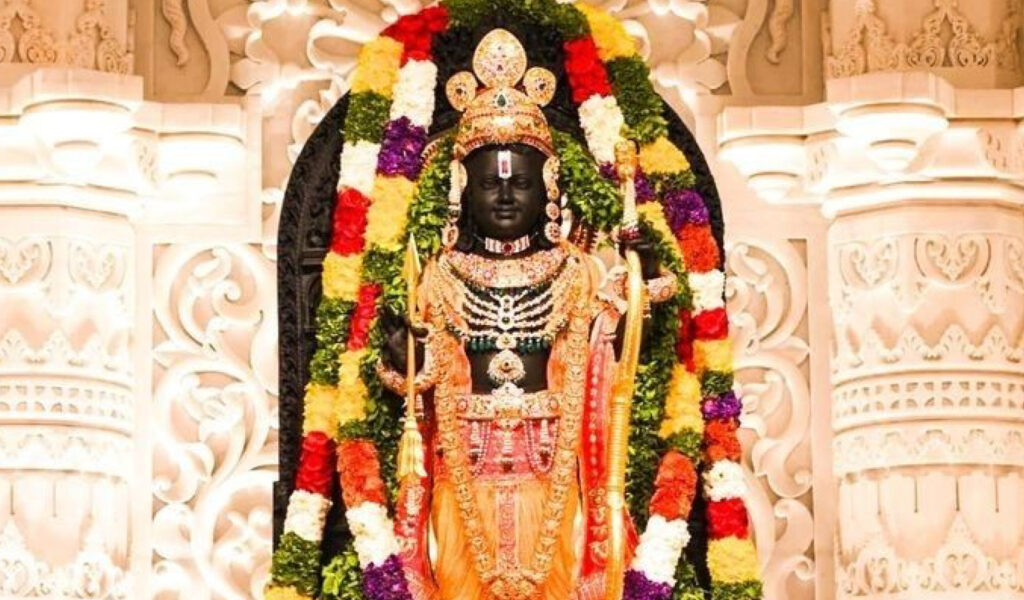
2. Ayodhya – The Kingdom of Shri Rama
Ayodhya, one of the seven sacred cities of Hinduism, is central to the epic Ramayana. This course highlights:
•Mythological Importance: Ayodhya is celebrated as the birthplace of Lord Rama, whose life and values form the basis of the Ramcharitmanas.
•Archaeological Relevance: Excavations in Ayodhya reveal traces of early settlements, temples, and cultural continuity.
•Contemporary Discourse: The site has been a subject of modern debates, making it a case study in heritage, politics, and identity.
•Learning Outcome: Learners gain insight into how ancient narratives continue to influence modern cultural and political landscapes.
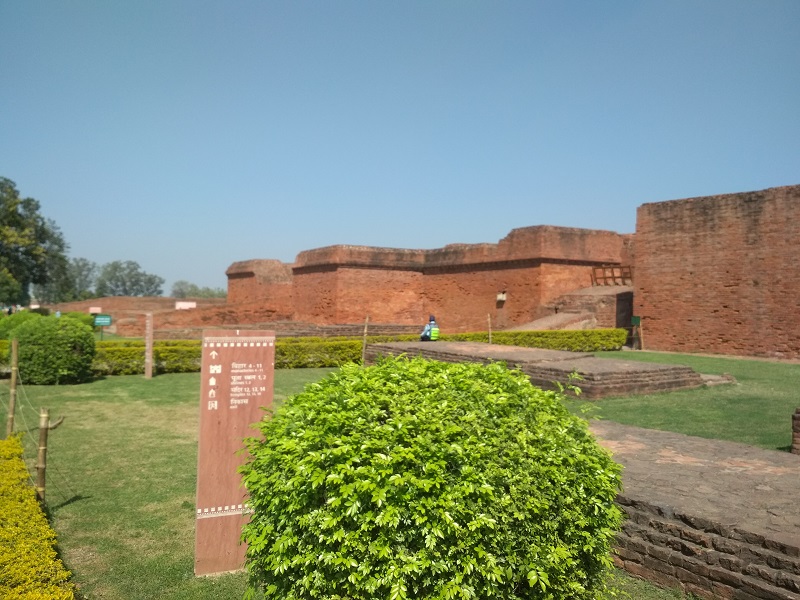
3. Nalanda University Walkthrough
The Nalanda Mahavihara, a UNESCO World Heritage Site, is one of the world’s earliest universities (5th century CE). This course offers:
•Academic Legacy: Nalanda attracted scholars from China, Tibet, Korea, and Southeast Asia, making it a global hub of Buddhist studies.
•Curriculum: Studies included logic, medicine, philosophy, astronomy, and Buddhist scriptures, reflecting a holistic knowledge system.
•Archaeological Insights: The ruins show well-planned monasteries, lecture halls, and libraries, reflecting advanced educational infrastructure.
•Scholarly Significance: The course situates Nalanda within the history of global education, enabling comparative studies with institutions like Oxford and Al-Qarawiyyin.
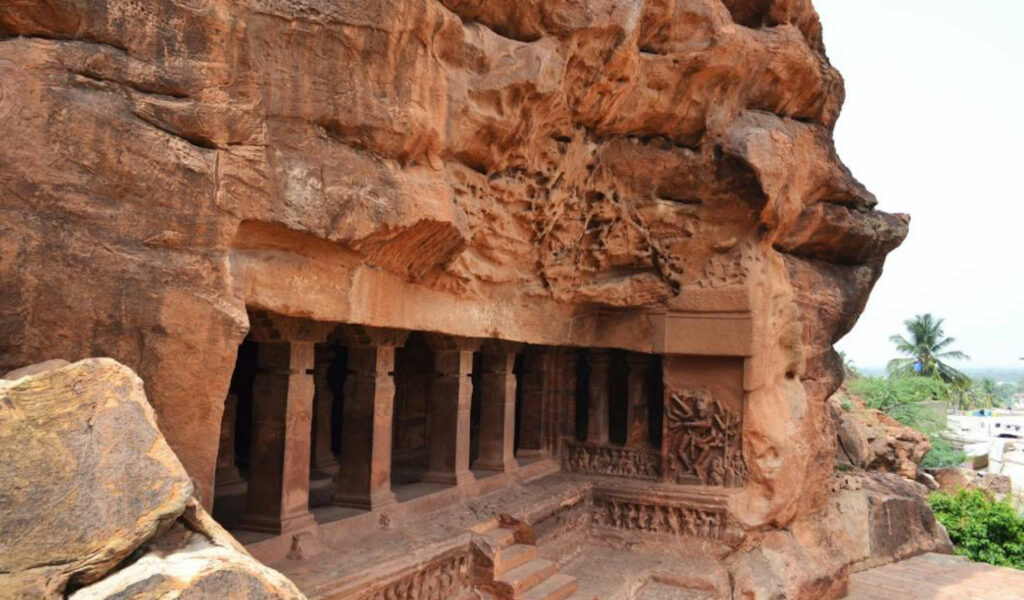
4. The Chalukyas of Badami
This course takes learners through the early medieval architecture of Karnataka:
•Aihole: Known as the “Cradle of Indian Temple Architecture,” featuring over 120 temples.
•Badami: Rock-cut cave temples that represent Shaivite, Vaishnavite, and Jain traditions.
•Pattadakal: A UNESCO World Heritage Site showcasing the fusion of northern and southern architectural styles.
•Learning Dimension: Students understand how architecture reflects dynastic power, religious pluralism, and artistic innovation.
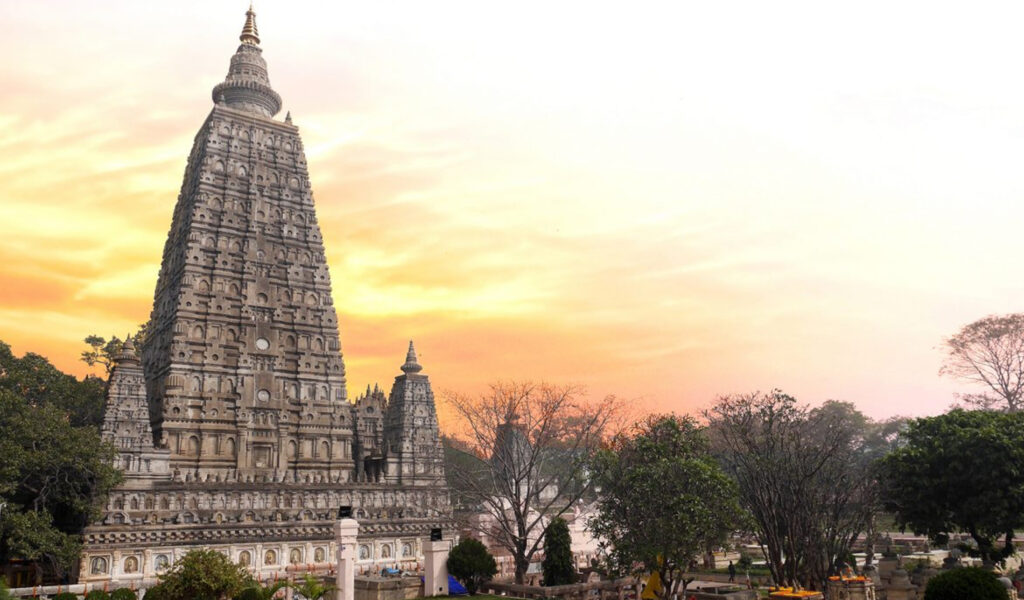
5. The Holy Enlightenment of Buddha (Bodh Gaya)
Bodh Gaya, where Siddhartha Gautama attained enlightenment under the Bodhi Tree, is central to Buddhist studies:
•The Mahabodhi Temple: A UNESCO heritage site with unique brick architecture and sacred significance.
•Symbolism: The Bodhi Tree stands as a living testimony to the Buddha’s path to liberation.
•Global Heritage: Pilgrims from across Asia continue to visit Bodh Gaya, making it a hub of transnational Buddhist heritage.
•Academic Relevance: The course highlights the spread of Buddhism and its enduring legacy in Southeast Asia and beyond.
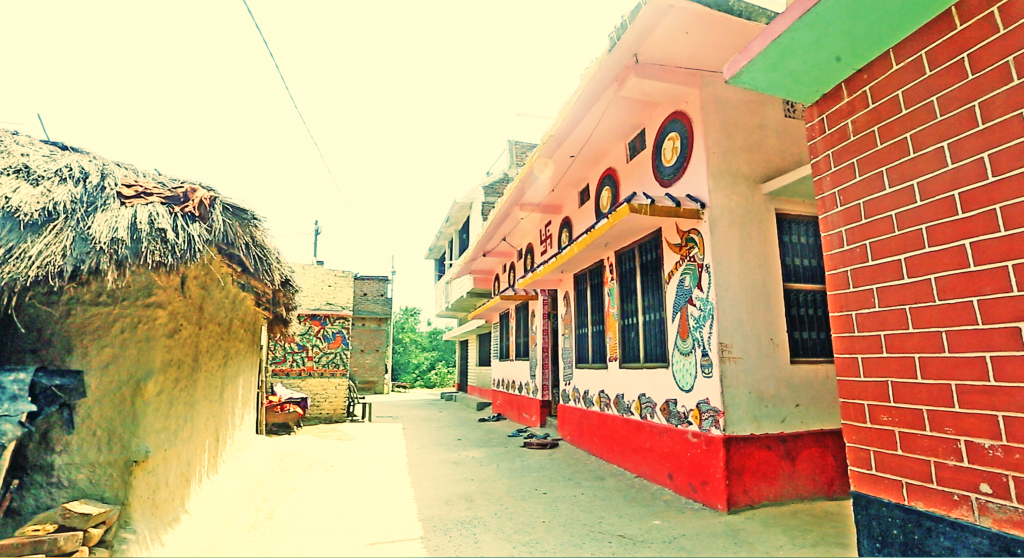
6. Mithila: Culture & Heritage Tour
The Mithila region (north Bihar and Nepal) is famous for its artistic, literary, and spiritual heritage:
•Madhubani Art: Renowned for its intricate patterns and religious themes, often linked to festivals and rituals.
•Temples & Traditions: Sites like Janakpur (linked to Sita) tie mythology with regional devotion.
•Sociological Value: The course emphasizes how art forms act as carriers of social memory and cultural identity.
•Academic Contribution: Ideal for learners in anthropology, art history, and cultural studies.
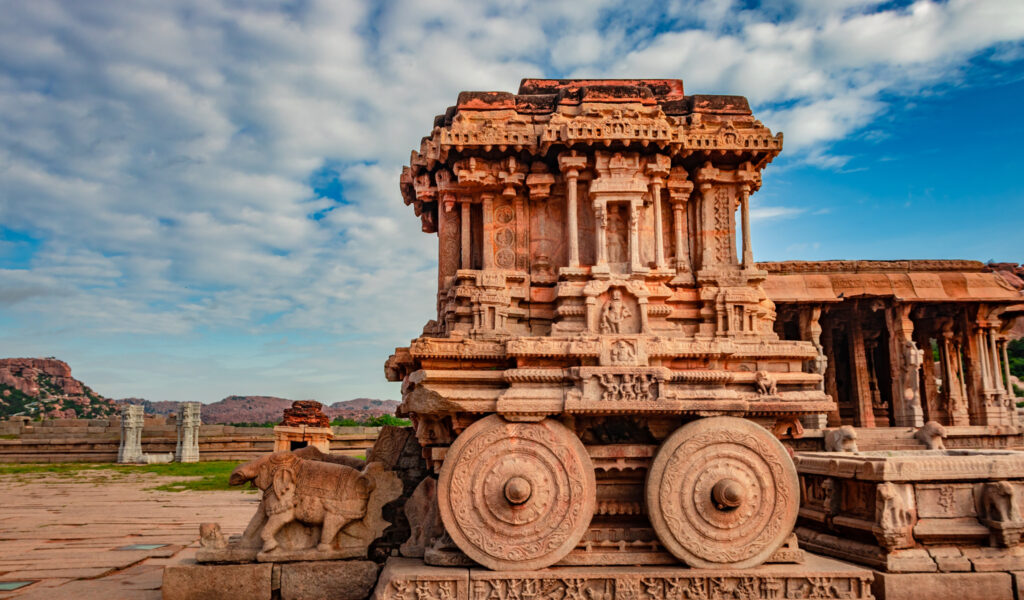
7. Hampi & Mysuru Walkthrough
Hampi, the capital of the Vijayanagara Empire, and Mysuru, with its royal heritage, are key to understanding South Indian history:
•Hampi’s Legacy: Temples like Virupaksha and Vittala highlight architectural grandeur and religious syncretism.
•Mysuru’s Palaces: The Mysore Palace is a blend of Indo-Saracenic architecture, symbolizing colonial-era cultural negotiation.
•Heritage Value: Both cities show how empires and kingdoms left behind enduring artistic and political legacies.
•Learning Outcome: Enables comparative studies of political history, urban planning, and religious architecture.
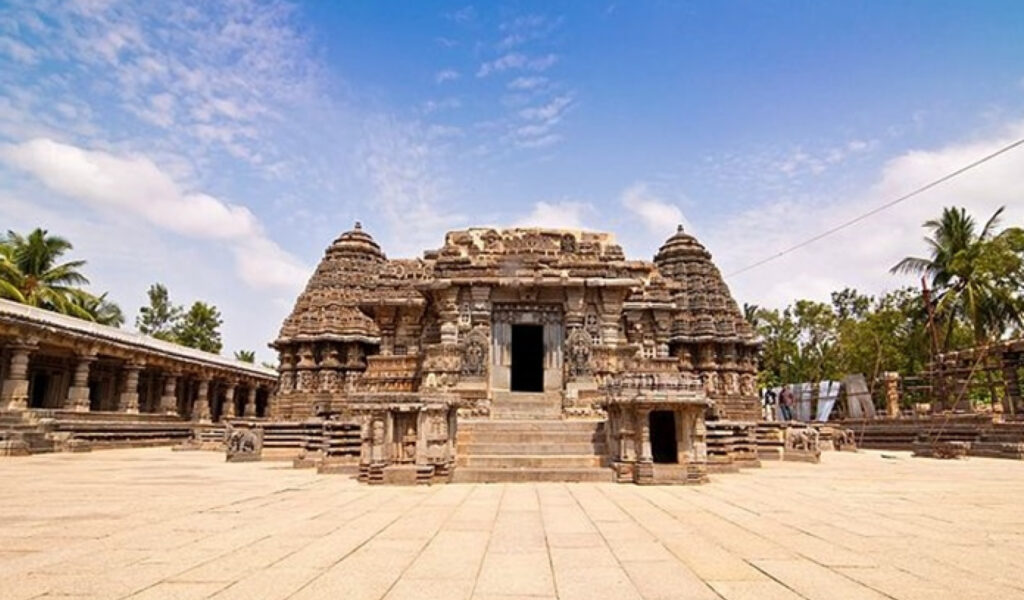
8. The Gangas and Hoysalas: Temple Legacies of Karnataka
The Western Gangas (4th–10th century CE) and the Hoysalas (11th–14th century CE) were two powerful dynasties of Karnataka whose contributions to temple architecture, sculpture, and cultural patronage left an enduring mark on Indian heritage.
•The Gangas: Known for their patronage of Jainism, they built significant monuments such as the monolithic Bahubali statue at Shravanabelagola, which stands over 57 feet tall and is considered one of the largest free-standing stone statues in the world. Their art represents simplicity, spiritual depth, and devotion.
•The Hoysalas: They carried forward the region’s artistic traditions, creating some of the most intricate temples in India. Masterpieces such as the Chennakesava Temple (Belur) and the Hoysaleswara Temple (Halebidu) display elaborate carvings, detailed iconography, and star-shaped temple plans that remain unrivaled.
•Academic Value: This course allows learners to trace the evolution of temple architecture, understand the interplay of Shaivism, Vaishnavism, and Jainism, and appreciate the role of dynasties in shaping Karnataka’s cultural landscape. It also situates these sites within the broader history of South Indian temple traditions.
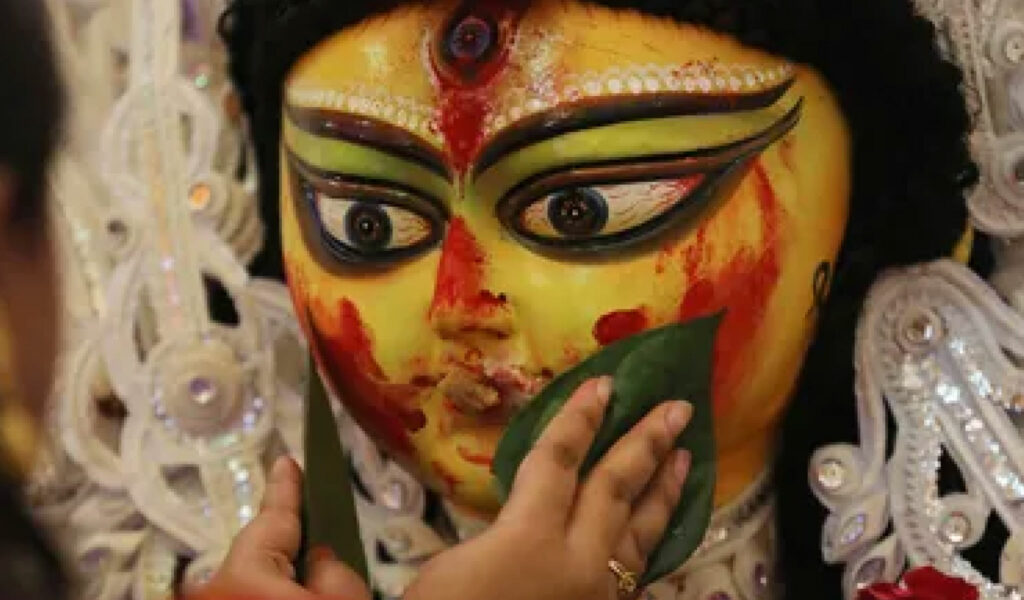
9. Kolkata Durga Pujo Parikrama: A Festival of Living Heritage
Declared an Intangible Cultural Heritage of Humanity by UNESCO, Durga Pujo in Kolkata is not merely a religious event but a cultural phenomenon. This course offers an in-depth exploration of the festival as a living tradition that blends art, community, and spirituality.
•Ritual Dimension: The course explains the religious significance of Mahalaya, the invocation of Goddess Durga, and the series of rituals performed over ten days.
•Artistic Innovation: Pandals (temporary structures) are designed as thematic art installations, often resembling palaces, temples, or even contemporary social messages. Idol-making at Kumartuli (the artisan quarter) is a study in traditional craftsmanship passed down generations.
•Cultural Significance: Beyond devotion, Durga Pujo is a festival of community identity, artistic expression, and social inclusivity, drawing millions of people from across the globe.
•Academic Relevance: This course situates Durga Pujo in the field of cultural studies, anthropology, and performance traditions, enabling learners to analyze it as a living heritage practice. It also emphasizes how festivals act as dynamic spaces where tradition and modernity co-exist.
The Global Significance of Digital Heritage Education
Beyond individual courses, TravelBaits Learning situates itself in the global movement toward digital heritage preservation. UNESCO and cultural organizations worldwide emphasize the importance of digitizing heritage for education, research, and accessibility. Platforms like TravelBaits contribute to:
•Democratizing Access: Bringing heritage to learners beyond geographical boundaries.
•Sustainable Education: Reducing the carbon footprint of travel while still enabling cultural exploration.
•Preservation of Knowledge: Documenting sites at risk due to climate change, neglect, or modernization.
This makes the platform not just an academic tool but also a cultural preservation initiative.
Academic Value for Learners
•For Students: Supplements school and university curricula with engaging resources.
•For Educators: Provides ready-to-use content for lectures, online teaching, and heritage projects.
•For Researchers: Serves as a digital archive of Indian civilization, supporting comparative studies in history, religion, and anthropology.
FAQs on Heritage Learning Online
Q1. What is heritage learning?
Heritage learning involves studying cultural and historical traditions through sites, stories, and artifacts, often integrated with modern digital tools.
Q2. How can students use TravelBaits Learning?
Students can access online Indian history courses and use them as supplementary material for school and college research.
Q3. Is this platform useful for educators?
Yes. Teachers can integrate virtual heritage tours into lessons, making history interactive and memorable.
Q4. Why is virtual heritage education important?
It ensures accessibility, inclusivity, and preservation of cultural heritage while enabling students worldwide to engage with Indian history.
Q5. What makes TravelBaits unique?
Its immersive storytelling, academic approach, and interactive quizzes distinguish it from traditional e-learning platforms.
Conclusion
TravelBaits Learning is more than an e-learning site—it is a digital gateway to India’s cultural and historical heritage. With its unique combination of virtual tours of India, heritage courses, interactive tools, and academic rigor, the platform enables learners to experience history in both immersive and scholarly ways.
For students, educators, and researchers, this is an opportunity to engage with India’s civilizational depth—from Ayodhya and Nalanda to Hampi and Mithila—without geographical limitations.

